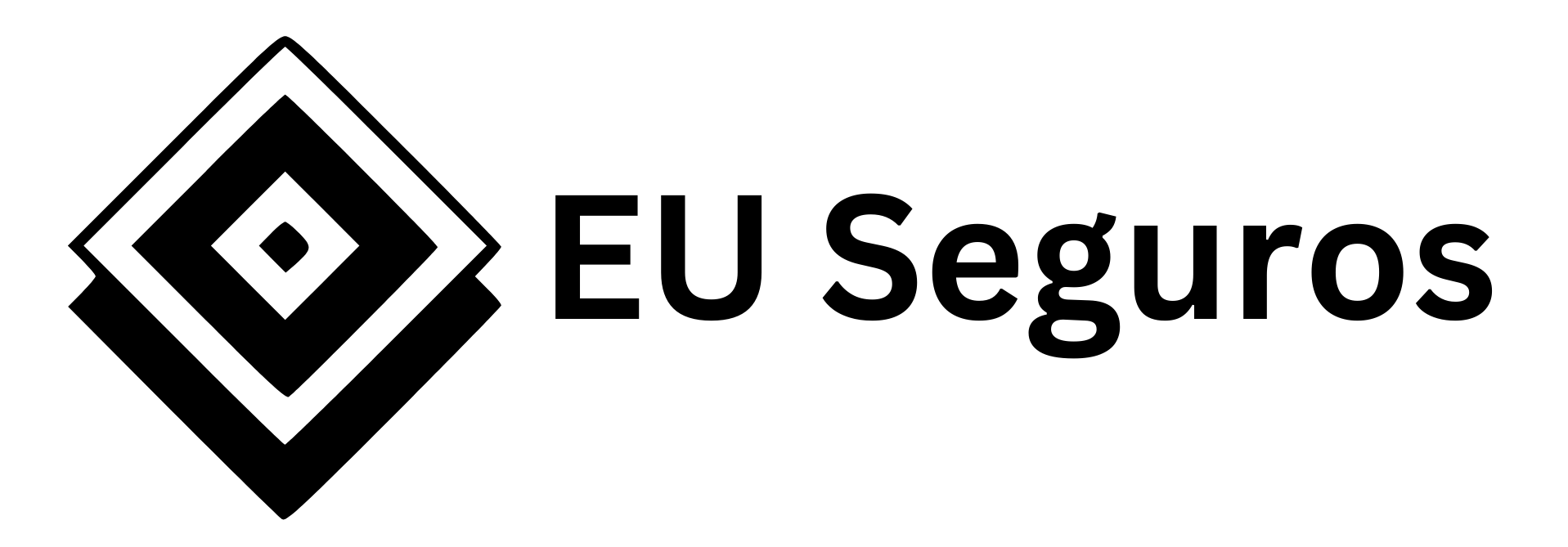Solved Combinatorics Problems with Words
Combinatorics is confusing because people that explain it and publish manuals on it, make it confusing. In reality, they don’t really want you to gain a clear understanding of things. So, here we are doing the opposite. Let’s do this together, step-by-step. At any point if you need to clarify anything, drop me an email, and we will go through this together.
For word problems there are 5 typical cases:
#1 Non-Repeated Letters
#2 Repeated Letters
#3 Vowels Together
#4 Vowels Not Together
#5 No Two Vowels Together

#1 NON-REPEATED LETTERS
In non-repeated letter problems, the idea is: you start with a word formed with non-repeated letters, and keep using each letter until you run ot of them.
Let’s use the word MACHINE.
It has 7 letters and we want to count the number of 7 letter words we can form using 7 letters.
So for the first position, you have all of the letters available: 7
For the second position you only have 6 letters available.
For the third position you have 5 letters available and so on until the end where you only have one letter available.
Since you can have any of the letters in any position but the one that you just used, we multiply the available possibilities, so we say we have 7 slots for 7 letters or 7P7 or 7! = 7 x 6 x 5 x 4 x 3 x 2 x 1 = 5.040 possibilities.
If the word is ABC we have 3 letters for 3 available spaces so the answer is 3P3 or 3!
For these problems, when they ask you to form any word (making sense or not), using the letters QWERTY, or any other “word”, it is always the same:
1. How many spaces available? 6. So 6 spaces for 6 letters = 6P6 = 6!

#2 REPEATED LETTERS
In these ones, it is the same as the previous example, but we have an additional step as there are repeated letters. Think about it: CORPORATION, is the same as CORPORATION. You just changed one letter O for another, but the word is the same.
So what we do here is discount the repetitions made avaiable by the repeated letters.
So we start off like the previous example. Here we have 11 letters, so 11P11 or 11!, BUT we divide by the possibilities of the repeated letters. In this case, we have 3 ‘O’ so 3P3 or 3! * 2P” from the 2 ‘R’s.
So the answer to this one is 11! / (3! x 2!)
If it was the word SISTER, we have 6 letters, and 2 repeated ones so 6!/2!

#3 Vowels Together
In these ones, start by separating the vowels in a group and the consonants in another.
Our word is MACHINE so we have:
[AIE] and [MCHN]
The idea here is that since we want the vowels grouped together, all three must always come before or after a consonant, this “one letter” has 5 slots that can go to (check the picture above) so 5P5 or 5!
And since we have 3 letters, AIE is different from AEI so we also have 3 spaces for 3 letters or 3P3 = 3!
So our final answer is 5! x 3!

#4 No Vowels Together
In this specific case, we use what we have just calculated before to solve this problem by subtracting (Vowels together) from Non-Repeated Letters.
s0 the answer is 7!-3!5!
Think about it: 7! means that any letter can occupy any space, so there are no restrictions, and the las one we calculated is when vowels ALWAYS come together. So to solve this, we start with ALL and subtract the case that we dont’ want to happen.
If we have a word with repeated letters we tdo the same scenario:
CORPORATION has 11 letters, so all the possibilities is 11!/(3!x2!)
and we subtract the cases where vowels always come together 5!/3! * 7!/(2!3!)
We separated the word in two groups: vowels: 5! and divided by the repeated ones, 3!
and multiplied by the consontant group where on top goes all the newely formed word combined by the sum of all consonants plus the word made out of consonants so 7! goes on top, and we divide by the number or repeated consontants and repeated vowels so 7!/(3!2!))
So the answer is 11!/(3!2!) – 5!/3! * 7!/(3!2!)

#5 No TWO Vowels Together
In this specific case,we don’t want two vowels together.
Using the word SISTER, we have 6 letters. Again we start by grouping vowels and consonants.
[IE] – 2 letters
[SSTR] – 4 letters so 4!, with 2 repeates ‘SS’ = 2! so we have 4!/2!
The difference to the one where it says vowels come together is that in that case it is ALL vowels come together, and here we are splitting up vowels so that no two come together.
So we have 5 spaces where we can put two vowels * 4!/2|, because we can re-arrange SSTR in different ways like STSR or TRSS
So our final answer is 5P2 * 4!/2!

